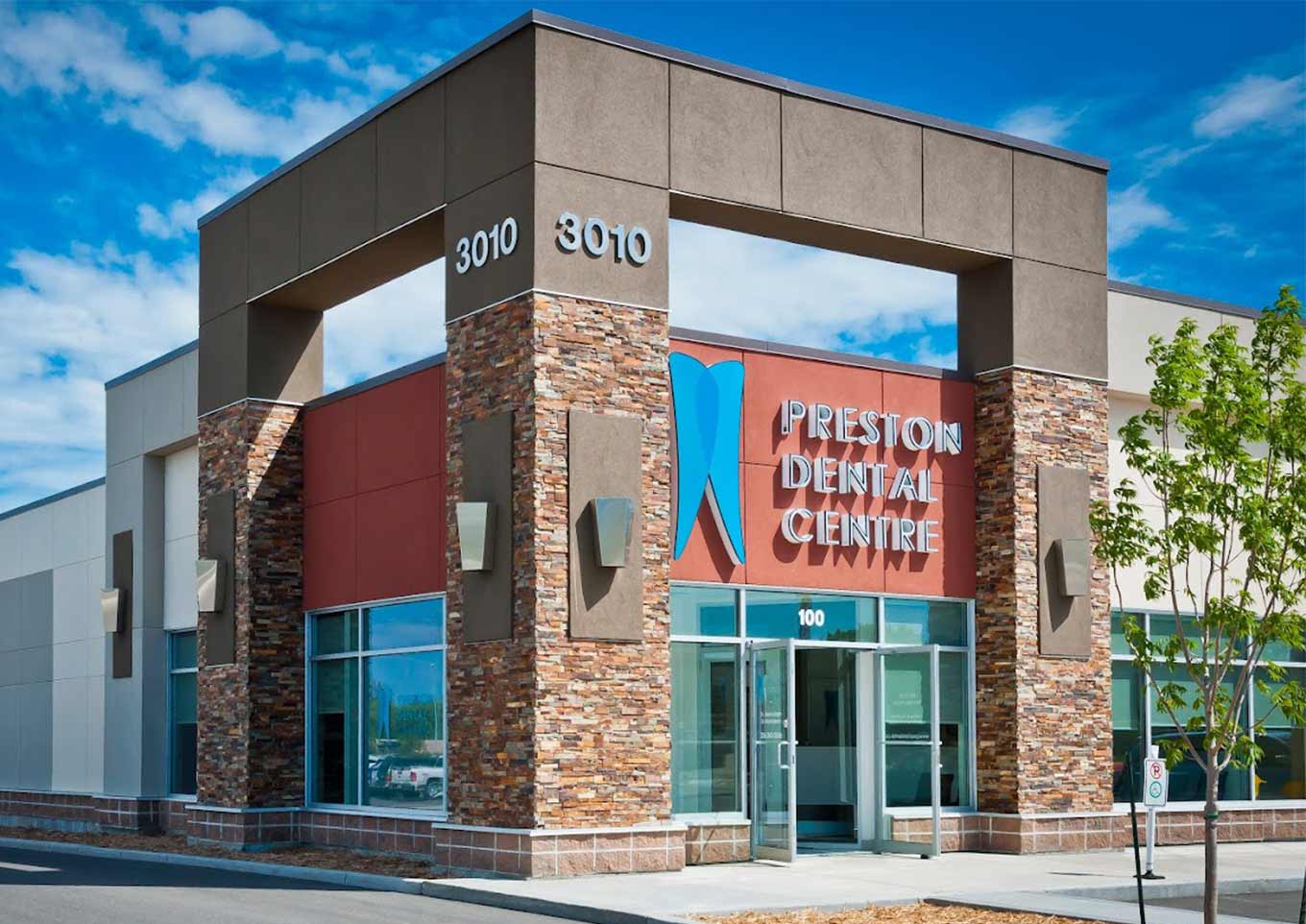Correct Your Bite
Recover Your Oral Health
Show Off Your Teeth
Care For Young Smiles
Welcome to Preston Dental Centre
Our Saskatoon dental clinic prioritizes our patients' smiles through the range of oral health care services we offer.
We strive to create positive dental experiences so that you look forward to visiting our clinic and working toward your dream smile.
Providing each patient with personalized attention helps us build lifelong relationships with you and your family.
Our clinic's flexible hours, which include evening appointments, are designed to help you prioritize your oral health.

Emergency Dental Care in Saskatoon
If you're experiencing a dental emergency during our regular business hours, our dentists will do everything they can to fit you in as quickly as possible.
Why Choose Preston Dental Centre?
What You Get at Our Clinic
At our dental clinic in Saskatoon, patient comfort and convenience are important aspects of what we do.
Find Us in Saskatoon
We are located in South Saskatoon. Our dental clinic is easily accessible by public transit, and also offers free on-site parking.

